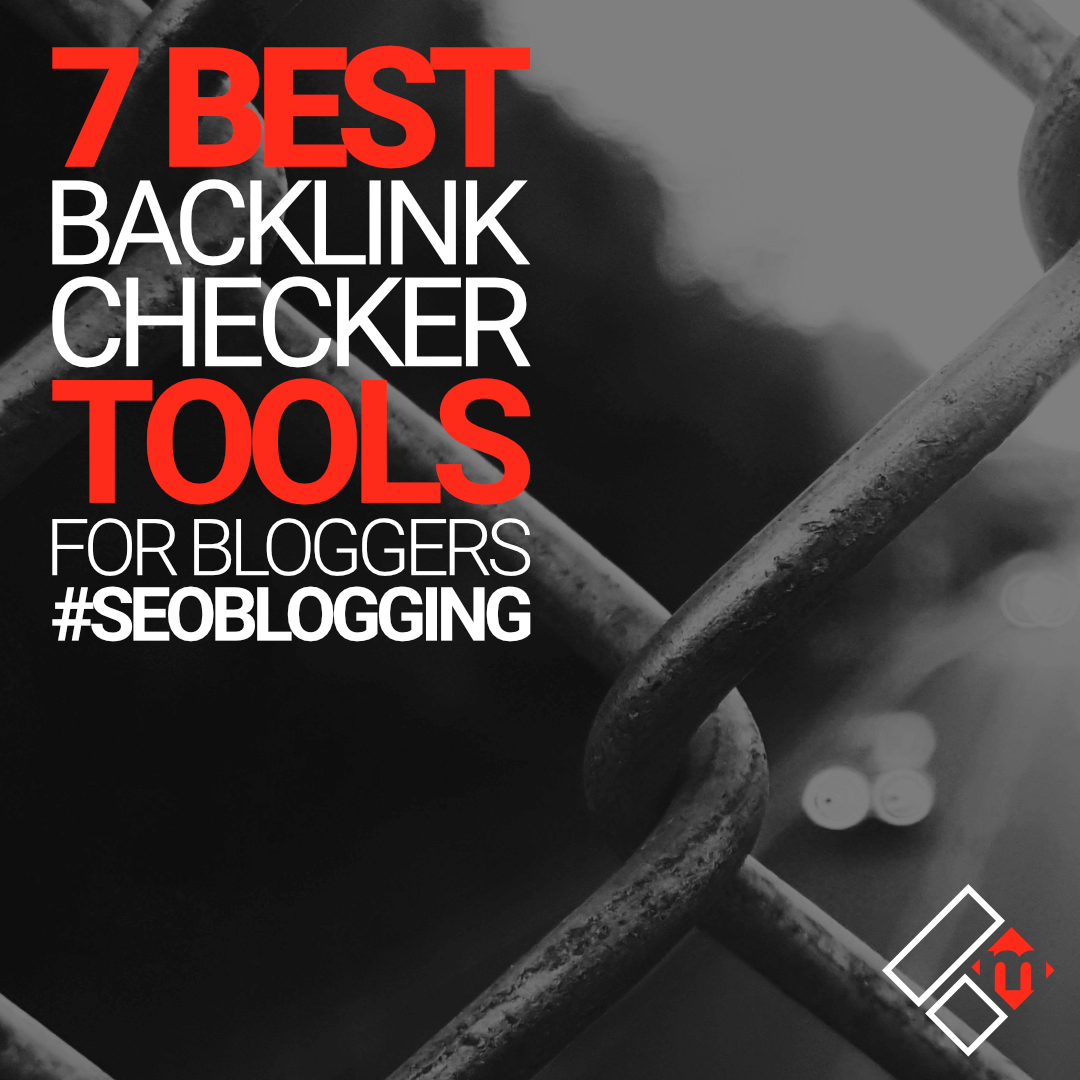
SEO writing is a great way to promote your website or blog. The keyword should be included in your title element, Meta description and body content. Including a keyword in your article is very important, and many freelancers choose this route. Here are some SEO-friendly tips. These tips will help you get your website found by Google. Once you have mastered these tips, you can write SEO-friendly content for any website!
Keyword research
One of the most important aspects of SEO is conducting a thorough keyword research. While keyphrase research is essential for any online marketing strategy, there are many different methods and tools that can help you identify the most relevant. Here are some of them:
Meta descriptions

It is important to not only write a good meta description but to also test it to determine which keywords are more popular. A good meta description includes a few keywords relevant to the page as well as a compelling phrase to draw the user in. You can also apply these techniques to low-performing sites. Your homepage should have a meta description that conveys your brand message and the benefits of your company.
Include a keyword in your title element
The title tag element of your web pages is the first thing search engines notice when they look at your content. It not only describes what the page is about, but it also helps Google categorize it. Search engines won't be able to distinguish between pages about cats and those about cute puppies if there is no title. Google will notice your title if it contains your focus keyword at the beginning.
Include a keyword within the body content
Depending on the length of your article, including a keyword in the body content is essential. Use natural language, synonyms, and semantically similar words when you incorporate keywords into your content. The keyword should be used in the body text in a natural, unobtrusive manner to the reader. This will result in the highest search engine rankings.
Including a CTA

CTAs can be included in your copy to increase conversion rates, and to keep readers interested. This is a vital part of SEO copywriting. You can use it to help distinguish your content from the rest. CTAs might include testimonials and offers, or even a list containing credentials. These CTAs should speak the language and appeal to your target audience. Using tools such as Keyword Gap to analyze your competition's copy can help you write a good CTA, which will also make your copy more SEO-friendly.
FAQ
Where should my site be located?
Your website needs to be found at the top results page of search results. That means that it needs to appear near the top of every search result. Some searches can have hundreds of pages. How can your website compare to these competitors?
How do SEOs work for me?
It is important to understand the needs of people searching for your company or products through search engines like Google. This will help you get a Google ranking. This guide will help to make sure your content is ranked highly by Google. Also, check out our content marketing guides.
You'll need to start by creating a plan. Also, think about the keywords you want. There are two types keywords: broad keywords, such as "digital marketing", and more specific keywords, like "seo".
You'll then need to decide on a few goals - driving leads, increasing brand awareness, or boosting sales.
Once you've defined your objectives, you're ready to start writing content! Here are some SEO tips.
Once your content has been written, it's time to publish it to your blog or website. If you already own a website this may mean updating your pages. You will need to hire a web developer to help you create one.
After publishing your content, link to it from relevant websites and blogs. This will improve its visibility and expose it to more people.
How can I create a SEO strategy?
Understanding your goals and how you plan to achieve them is the first step in developing an SEO strategy. This allows you structure your content to meet these goals.
Step two is to get started with your keywords. Doing keyword research can give you insights into what people are looking for by analyzing the terms they use. You can then write articles about those topics by using this information.
Your target keywords should be included in your articles once you have finished writing them. You should also optimize each article by including relevant images and videos. If possible, you should also link to other related sites.
After writing all your content, you can start optimizing it!
Why should I use SEO?
There are many reasons you should use SEO.
First, it increases traffic to your website by ensuring your website is high up in search engine results.
Second, it helps increase conversions by ensuring that users find exactly what they're looking for when they type into their search bar.
Third, it increases brand awareness by helping customers find your business online.
Fourth, it enhances the user experience and allows them to navigate your website quickly.
It creates trust and credibility among potential customers.
What are the differences between SEO strategies?
There are three types of SEO strategies: search engine optimization (SEO), Social Media Optimization (SMO) and Pay-per-click Advertising (PPC).
With SEO, you optimize content for certain keywords using text formatting, HTML code, and other features.
This helps make sure your site appears higher on search results pages.
Meanwhile, social media optimization (SMO) involves optimizing your website for social networks such as Twitter, Facebook, and Google+.
These are a great way to build your online brand and make visitors more likely visit your site when they search for similar topics.
PPC ads can also be found at the top of search results pages. They show relevant products, and services.
The most common type of PPC ad is an advertisement on Google paid search. These ads can be very effective, even though they cost a lot.
PPC advertising can also be done in other ways, such as display ads, video ads and sponsored post.
How long does SEO take traffic to build?
Usually, it takes between 3-4 months to generate traffic through SEO. But, this depends on many factors, including:
-
Quality of your site (content)
-
Backlinks
-
Targeted keywords
-
Competitor rankings etc.
SEMrush is a great tool for beginners who want to quickly generate results. They provide a powerful platform that allows you to monitor all aspects of your SEO campaign, including competitor research, backlink profile, top pages, local listings, organic traffic stats, reports, and more.
Statistics
- : You might have read about the time that I used The Content Relaunch to boost my organic traffic by 260.7%: (backlinko.com)
- If two people in 10 clicks go to your site as a result, that is a 20% CTR. (semrush.com)
- 93%of online experiences today begin on search engines. (marketinginsidergroup.com)
- A 62.60% organic traffic boost to that page: (backlinko.com)
- Which led to a 70.43% boost in search engine traffic compared to the old version of the post: (backlinko.com)
External Links
How To
How can I tell if I'm doing SEO well?
There are many indicators that will help you determine if you're doing great in SEO.
-
Users should leave your site without clicking anything else if their bounce rate is less than 30%. A high bounce rate means your audience doesn’t trust you or isn’t interested in what your company sells.
-
Visitors will visit different pages on your site. This is a sign that they are engaging with your site.
-
Your conversion rate keeps improving. This is because your audience is becoming more aware of your products or services and wants them to buy them.
-
Your average time on site has been increasing. Users spend more time browsing your content.
-
Increased traffic from search engines is a sure sign you're doing excellent SEO.
-
This means that you are getting more social media shares - it shows that others are sharing your content and reaching new audiences beyond your own followers.
-
Forums are receiving more comments - this is a sign that people respond positively and favorably to your work.
-
There's more engagement around your website - more likes, tweets, shares, and likes on posts.
-
Your rank is increasing in SERPs, showing that your hard work is paying off.
-
You are receiving more leads through your website. This indicates that people found your website by accident and are now contacting it.
-
Your sales are rising - this is a sign that people who found your website while searching for your services and products are buying them.
-
Your blog post is more popular and gets more comments, which shows that people find the content valuable.
-
More people subscribe to your email newsletter means you have earned their trust enough to allow them to receive updates on your business.
-
The sales are increasing - this means that people are liking your products and are willing to pay more for them.
-
You've got more followers on social networks, showing that your fans share your content and engage with your brand.
-
You're getting more PR mentions - this shows that journalists are talking about your brand online. This can increase your company's visibility and your reputation.
-
You are being recommended more often, which means that other companies recommend your brand.
-
People keep returning to your website - this shows your customers are happy with your work and will come back again the next time they need your help.
-
Your competitors are losing ground. They didn't invest as heavily in their SEO campaigns. This makes them appear bad.
-
The image of your brand is changing. This means that your brand is becoming more popular with a new audience.